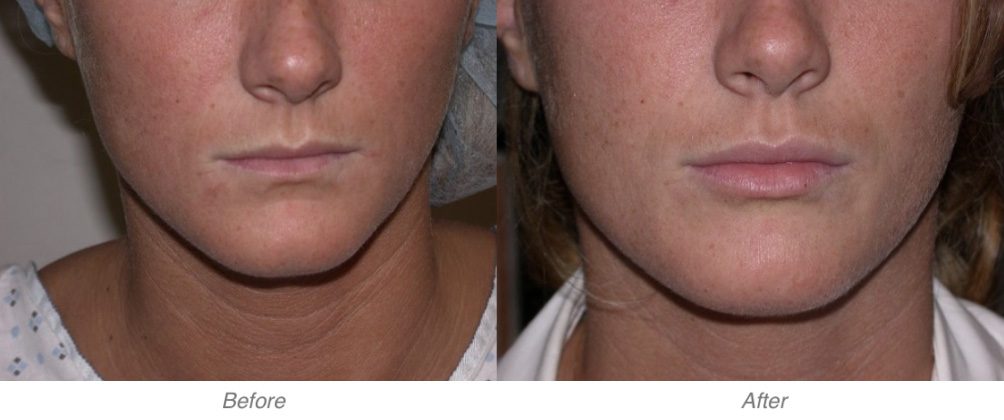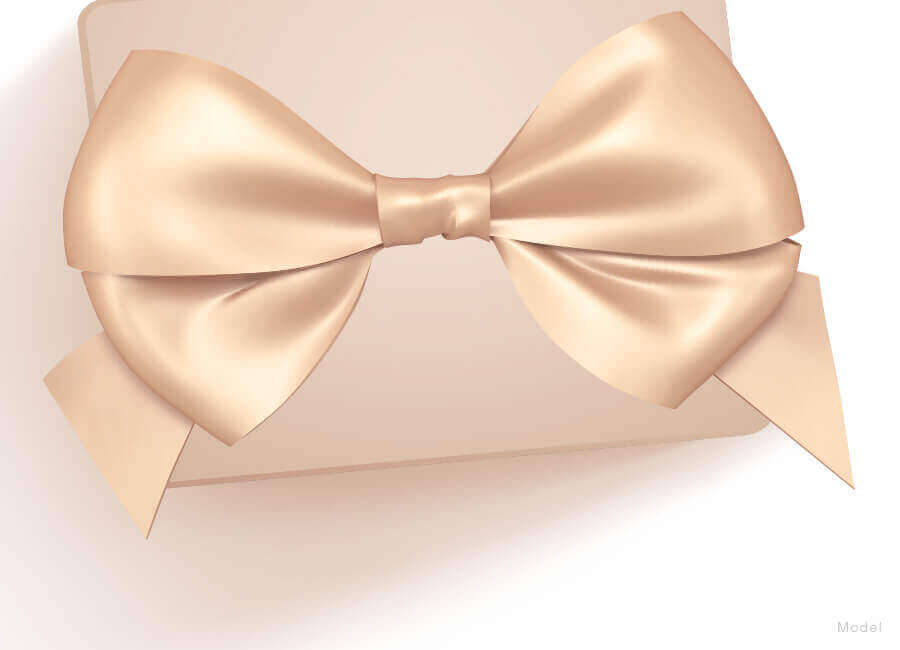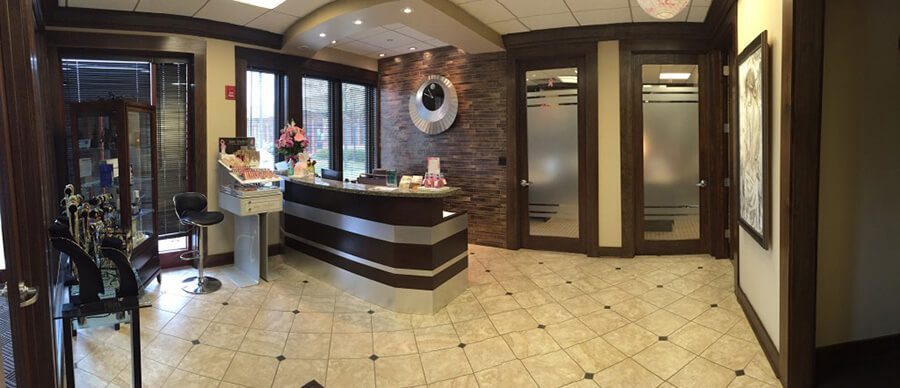Fat Transfer
How a Fat Transfer Surgery Works? What can I benefit from it?
Have you ever looked in the mirror and thought, “If I could only take the fat from my stomach, love handles, thighs, or arms and use it to enlarge my breasts, fill out my buttocks, make my lips fuller, fill in my bony hands, or give more volume to my sagging face?” Fat transfer surgery does just that; it uses liposuction to take your body fat from an area you would like to be smaller, and transfers it into another area of your body that you want enhanced.


Am I a good candidate?
If you are at least 18 years old, in good health, and have realistic expectations about the procedure, the recovery and the long-term results then you are a good candidate for fat transfer surgery.
What are the risks or complications with fat transfer?
A fat transfer, like all procedures, comes with risks. Those can include infection and contour deformity. However, these concerns are highly preventable with the right care and recovery.
How long will it take to see results?
Unfortunately, results are not seen immediately. The trauma of any surgery on any person’s body can cause swelling. Patients report feeling larger after the fat transfer than before, but that is merely swelling. After you’ve healed, the fat transfer in the new area essentially stays forever. The old area, where the fat was harvested, shrinks in size.
The Procedure
This three to four hour outpatient surgery is performed in our state-of-the-art, accredited surgical suite under IV sedation; similar to what you may have experienced having your wisdom teeth removed or a colonoscopy performed. First, your surgeon uses the AquaShape/Body Jet liposuction method to harvest fat from other areas of the body, which typically include the lower back, love handles, abdomen, and thighs. Once the fat has been collected in a sterile container, it is processed and purified before it is transferred to the desired area. This is where the doctor’s skill and artistry come into play. The fat will be inserted into that other area at different depths to achieve the desired results. Depending on the area to be enhanced, your surgeon will use many small, precise injections into different spots. Obviously, your surgeon will use different techniques to enhance different areas of the body. For example, when enhancing your breasts, he would take a different approach than what he would to enhance your lips. As the doctor injects the fat, he will use massage techniques to be sure the fat is evenly distributed and smooth. In most cases, your doctor will slightly over volumize to accommodate for the fat cells that will naturally be absorbed back into the body.
The Recovery
You can expect swelling and bruising for a week or two, at which time you need to take it easy to avoid any injury to the fragile fat cells that have been transferred. These cells are very fragile and any additional injury can lead to fat cell death, meaning those fat cells will be reabsorbed by the body, thus not enhancing the desired area. You will see your plastic surgeon a few days after surgery, then again in the weeks that follow. Your doctor will remind you to avoid excessive fat loss; you must try not to put pressure on the transferred fat cells for the first two weeks. After that, you can ease back into all of your daily activities within reason. In that time, you will likely lose a small amount of volume as the last bit of swelling resolves. You may lose a tiny bit more volume over the next three to six months, but by the six-month point, you should be looking at a relatively final result.
Terms to Know
Liposuction (also known as lipoplasty) is cosmetic surgery performed to remove unwanted deposits of fat from under the skin. The doctor sculpts and contours the patient’s body by removing excess fat deposits that have been resistant to reduction by diet or exercise. The fat is permanently removed from under the skin with a suction device.
Fat Grafting (also known as fat injection or fat transfer) is a plastic surgery method whereby excess fat is taken from one area of the body and then transferred to another area in order to add plumpness and fullness. This is normally a relatively quick procedure of about one to three hours and done on an outpatient status.
IV Sedation (also known as twilight anesthesia) uses medications administered through an intravenous line (IV) so that the patient falls asleep and is completely unaware of the procedure being performed. Supplemental oxygen is delivered through a nasal breathing apparatus and the patient’s vital signs are closely monitored.
Fat Transfer
Frequently Asked Questions
-
What will the scars look like?
The scarring from the liposuction and the fat transfer is very minimal. There are no long suture lines, just tiny incision sites where the cannula and the fat were inserted.
-
Why is AquaSape liposuction method used for harvesting fat?
The best method of liposuction for fat transfer is the AquaShape Body Jet because as it atraumatically dissects the fat to be suctioned with a water jet, it also cleanses it; thus, the purifying process is more efficient. Additionally, the AquaShape is less traumatizing to the fat cells.
-
How long will the results last?
The results are virtually permanent. The body will reabsorb some of the transferred fat, but other than that, what is put there stays there.
-
How does the body reabsorb some of the transferred fat?
During and just after the fat transfer procedure, some cells die because not enough oxygen can reach the center of the mass of the cells. This is why your skilled plastic surgeon will only inject small amounts in one area at a time.







